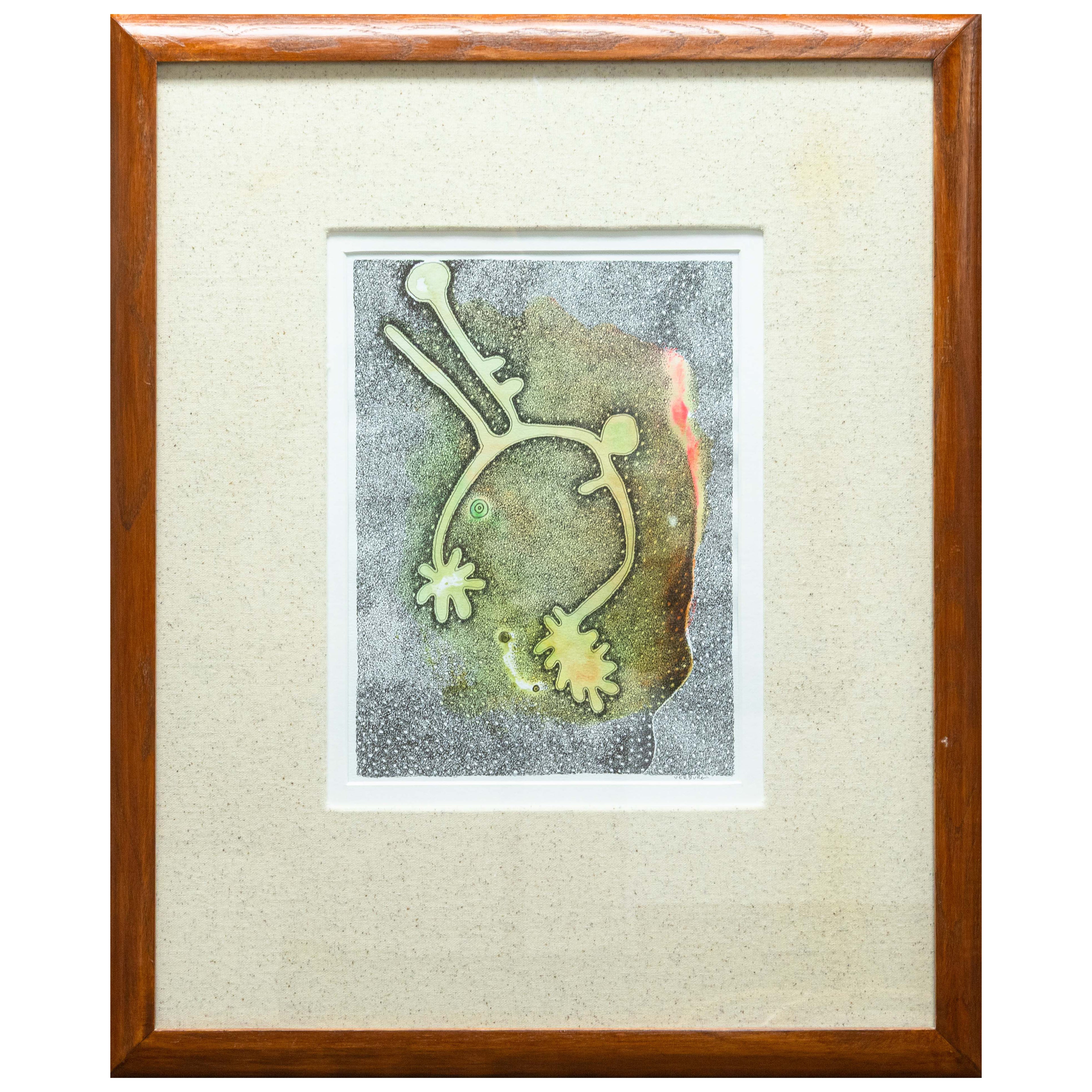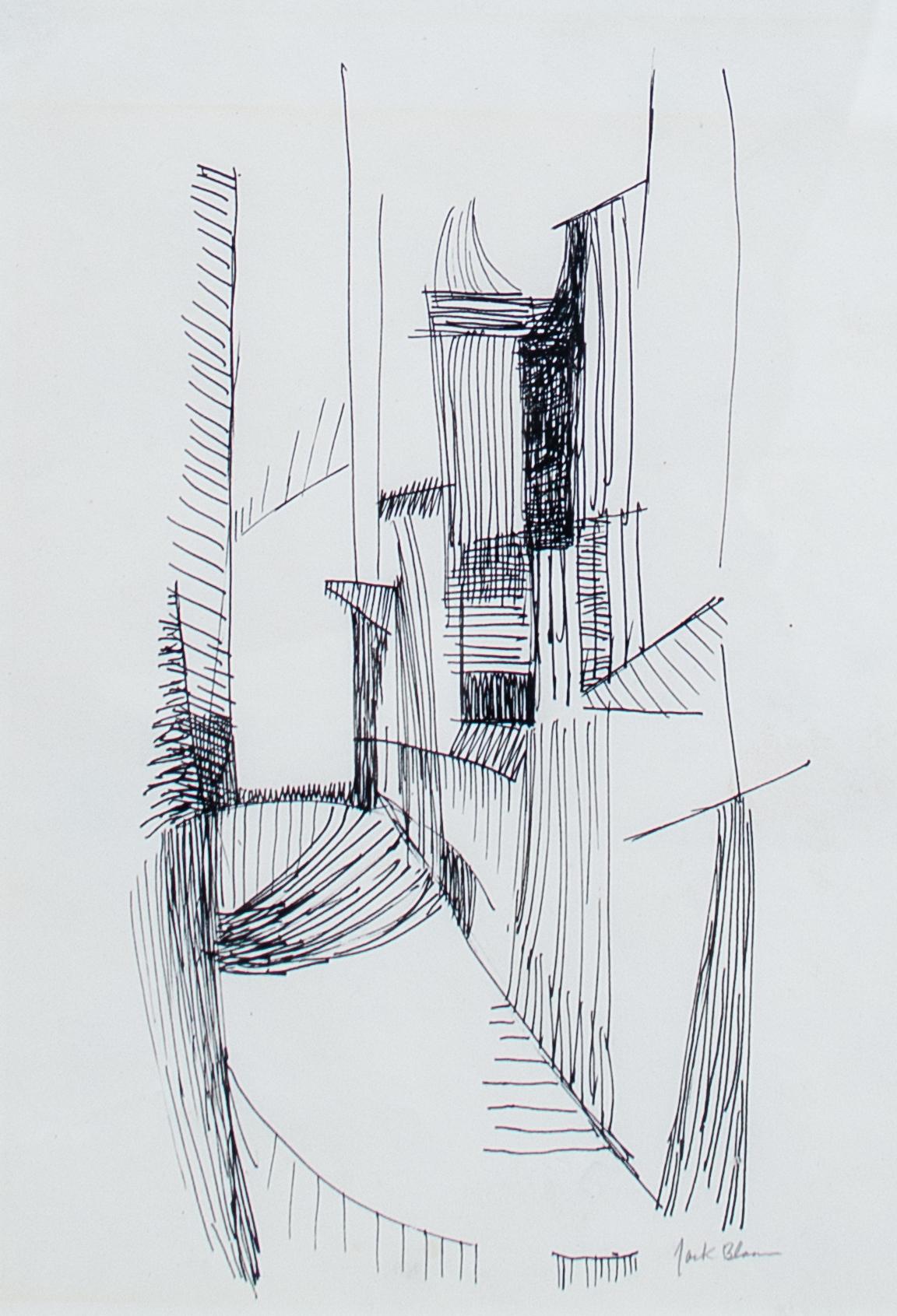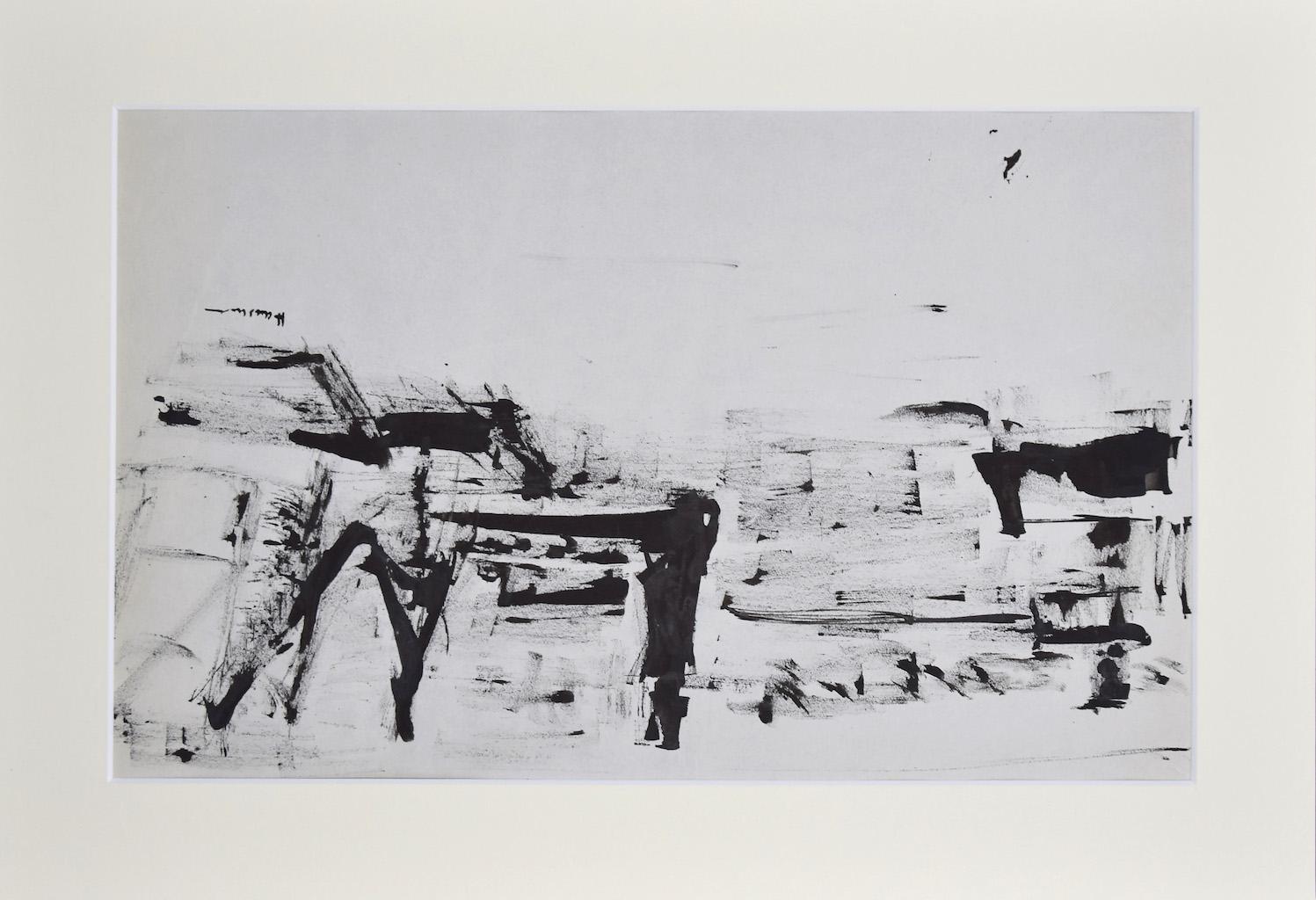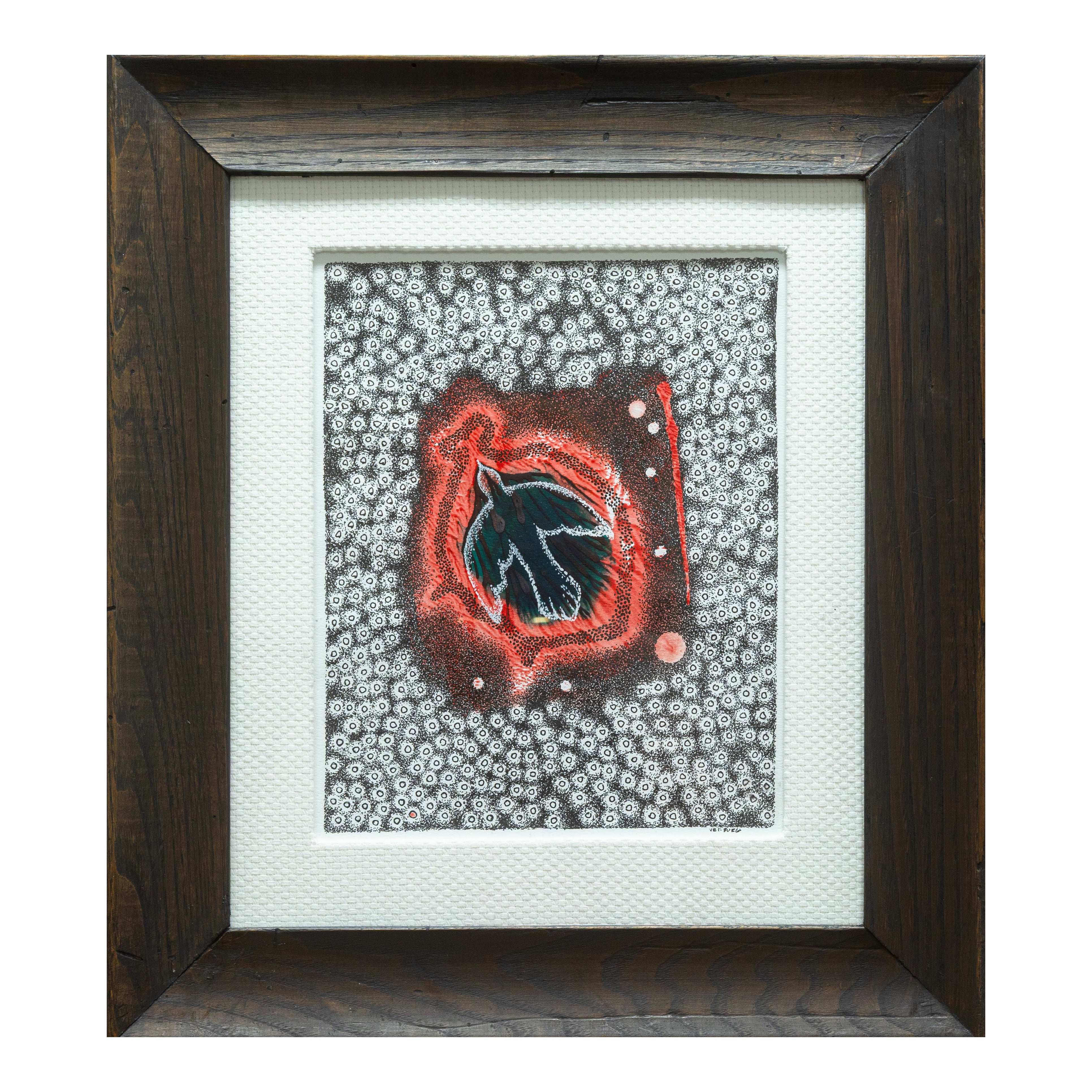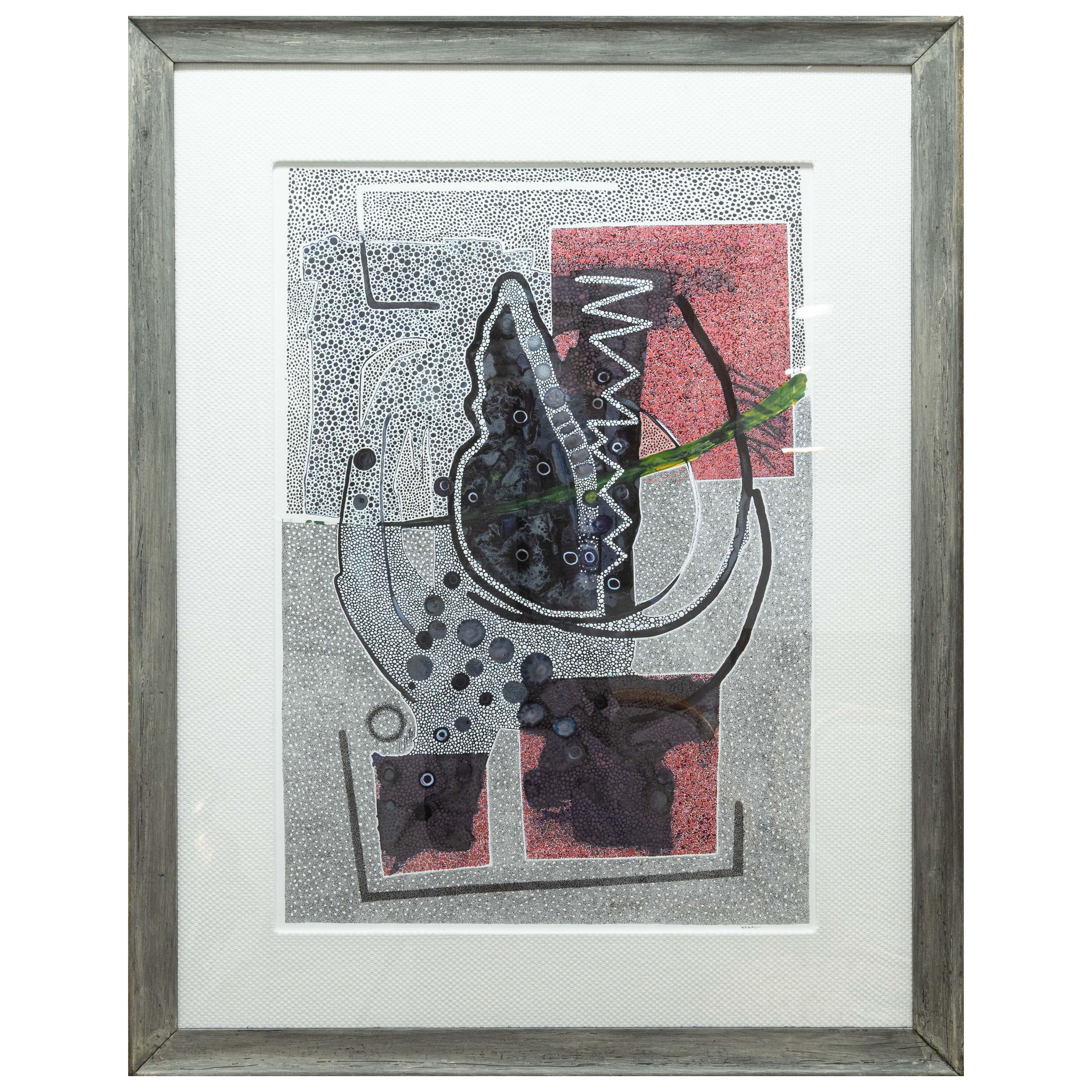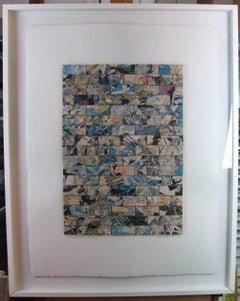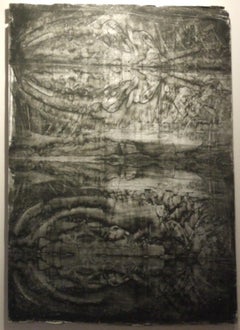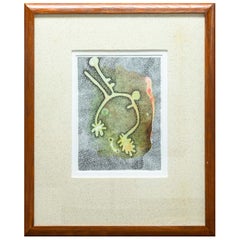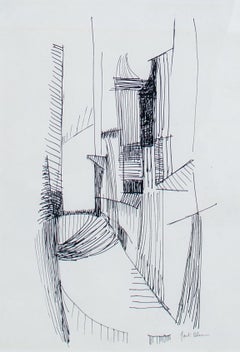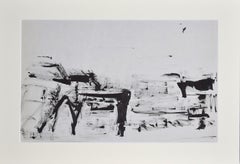Items Similar to lot of four surrealist inks - ink on paper, 10.5x30.5 cm., framed
Want more images or videos?
Request additional images or videos from the seller
1 of 6
Sven Hauptmannlot of four surrealist inks - ink on paper, 10.5x30.5 cm., framed
$2,845.89
£2,114.72
€2,400
CA$3,938.87
A$4,386.25
CHF 2,290.16
MX$53,147.55
NOK 28,881.36
SEK 27,251.84
DKK 18,274.03
About the Item
Lot of four ink drawings by the german surrealist painter Sven Hauptmann. all signed. framed
- Creator:Sven Hauptmann (1911 - 1984)
- Dimensions:Height: 4.14 in (10.5 cm)Width: 12.01 in (30.5 cm)
- Medium:
- Movement & Style:
- Period:
- Condition:
- Gallery Location:Nice, FR
- Reference Number:1stDibs: LU52834946491
About the Seller
4.8
Vetted Professional Seller
Every seller passes strict standards for authenticity and reliability
Established in 1998
1stDibs seller since 2016
84 sales on 1stDibs
Typical response time: 11 hours
- ShippingRetrieving quote...Shipping from: Nice, France
- Return Policy
Authenticity Guarantee
In the unlikely event there’s an issue with an item’s authenticity, contact us within 1 year for a full refund. DetailsMoney-Back Guarantee
If your item is not as described, is damaged in transit, or does not arrive, contact us within 7 days for a full refund. Details24-Hour Cancellation
You have a 24-hour grace period in which to reconsider your purchase, with no questions asked.Vetted Professional Sellers
Our world-class sellers must adhere to strict standards for service and quality, maintaining the integrity of our listings.Price-Match Guarantee
If you find that a seller listed the same item for a lower price elsewhere, we’ll match it.Trusted Global Delivery
Our best-in-class carrier network provides specialized shipping options worldwide, including custom delivery.More From This Seller
View AllAbstract Composition XII -- unique work, 2004 - lithograph, 69x52 cm, framed
By André Verdet
Located in Nice, FR
Lithograph with hand-additions in blue crayon and watercolor, with extensive dedication in pencil, signed lower right, a unique HC (hors-commerce/not for sale) impression outside of ...
Category
Early 2000s Abstract Abstract Prints
Materials
Lithograph
Jigsaw 1, 1990 - laid paper, 75x56 cm., framed
By Michel Scarpa
Located in Nice, FR
Michel Scarpa' collage formed by cardboard blocks covered by comics stripes. It comes framed. Beautiful signed work of this artist that experienced a lot this tecnique.
Category
1990s Abstract Abstract Drawings and Watercolors
Materials
Laid Paper
abstrait noir - encre sur papier, 73x53 cm.
By André Villers
Located in Nice, FR
Encre sur papier par l'artiste peintre et photographe, ami de Picasso. Travail très intéressant .
André Villers, né en 1930 et mort en 2016 etait un art...
Category
1970s Abstract Abstract Drawings and Watercolors
Materials
Paper, Ink
Hommage A Chubac, 1976 - ink on paper, 64x59 cm., framed
Located in Nice, FR
Gouache on paper, signed by different Chubac friends artists, lower right.
The artists are: Max Charvolen, Serge Maccaferri et Martin Miguel that constituted the Groupe 70 a Nice. A ...
Category
1970s Modern Abstract Drawings and Watercolors
Materials
Ink
Abstract noir - gouache on paper, 64x50 cm., framed
By Albert Chubac
Located in Nice, FR
Collage on paper. Signed and framed. Frame dimensions: 60x76 cm
Last painter of the school of Nice. This is an important painter, the first school in nice to have exhibited in New ...
Category
1950s Abstract Mixed Media
Materials
Paper, Gouache
Abstract composition L1, 1940-50 - lithograph, 108x78 cm, framed
By André Lanskoy
Located in Nice, FR
Large lithograph, signed lower right, number: 43/50
André Lanskoy
He was born in Moscow. After 1905, the family moved to St. Petersburg, the capital in 1909. In 1918, he moved to Kie...
Category
Mid-20th Century Abstract Abstract Prints
Materials
Lithograph
You May Also Like
Paul VerBurg Untitled 38 Signed Contemporary Abstract Pen & Ink Monoprint Framed
Located in Keego Harbor, MI
A contemporary abstract pen and ink monoprint on paper "Untitled 38" by Paul Verburg. Hand signed lower right. At the center, a cellular-like structure—resembling an abstract organis...
Category
Late 20th Century American Modern Drawings
Materials
Paper
1960s Illegibly signed surrealist ink drawing
Located in New York, NY
Unknown Artist
Untitled, c. 1960s
Ink on paper
Sight size: 10 x 7 in.
Framed: 15 1/4 x 12 1/4 in.
Signed illegibly lower right: Jack Bl...?
Category
1960s Surrealist Abstract Drawings and Watercolors
Materials
Paper, Ink
Composition - China Ink on Paper signed "Hausmann" - 20th Century
Located in Roma, IT
Composition is a drawing in China ink on paper signed "Hausmann", and realized in the 20th Century.
Hand-signe on the lower right.
Applied on P...
Category
20th Century Abstract Drawings and Watercolors
Materials
Ink
Landscape. 1983, paper, ink, 27x19 cm
Located in Riga, LV
Landscape. 1983, paper, ink, 27x19 cm
Dzidra Ezergaile (1926-2013)
Born in Riga. School years alternate with summer work in the countryside. In 1947,...
Category
1980s Abstract Landscape Prints
Materials
Paper, Ink
Paul VerBurg Untitled 46 Signed Contemporary Pen & Ink over Acrylic Monoprint
Located in Keego Harbor, MI
A contemporary abstract pen and ink over acrylic monotype "Untitled 46" by Paul VerBurg. Hand signed lower right. At its center, a dark, petal-like form is encircled by a radiant red...
Category
Late 20th Century American Minimalist Prints
Materials
Paper
Paul Verburg Rufescent Signed Contemporary Pen and Ink Wash on Paper Framed
Located in Keego Harbor, MI
A contemporary abstract pen and ink wash on paper titled "Rufescent" by Paul VerBurg. Hand signed lower right. Deep reds and smoky violets anchor the work with geometric blocks, whil...
Category
Late 20th Century American Modern Drawings
Materials
Paper
More Ways To Browse
Lot Of Paintings
Painting Of Family
View Art Painting
20th Century French Artists
Painting Within A Painting
American Landscape Artists
Blue Abstract Paintings
Artist Plates
Original Signed Oil Painting
Artist Palette
Black And White Photograph Prints
Museum Piece
Black And White Art With White Frame
Impressionist In Frame
Art With Animals
Abstract Art Shapes
The Realist
Limited Edition Prints Framed
